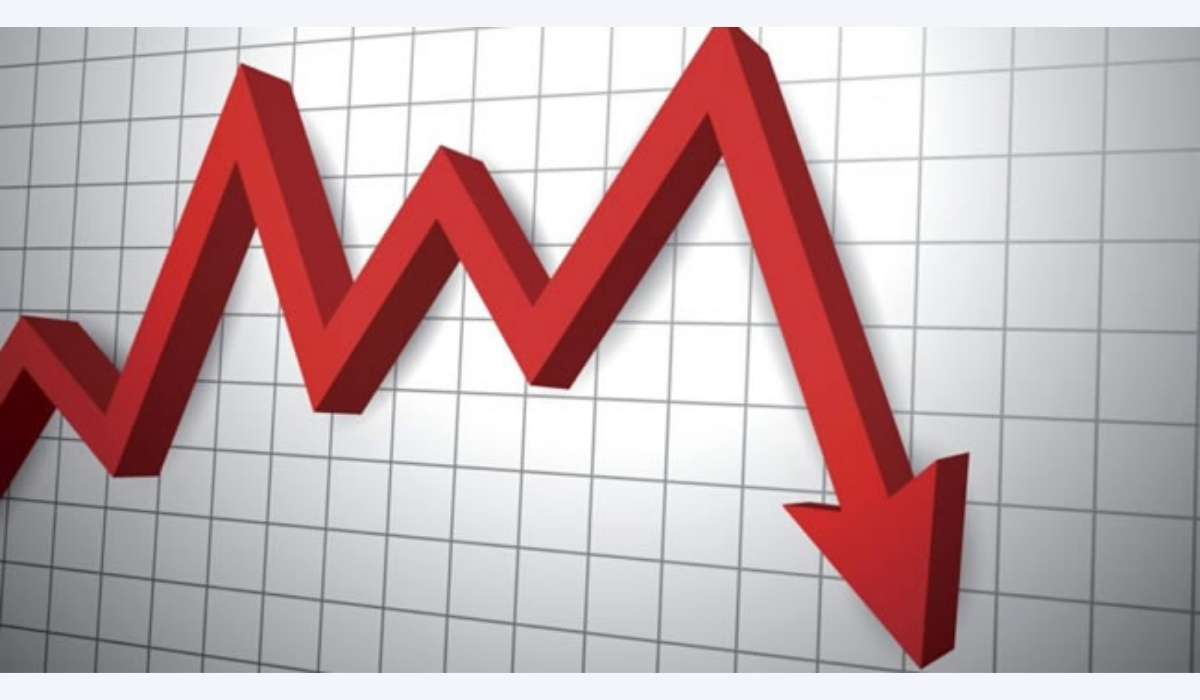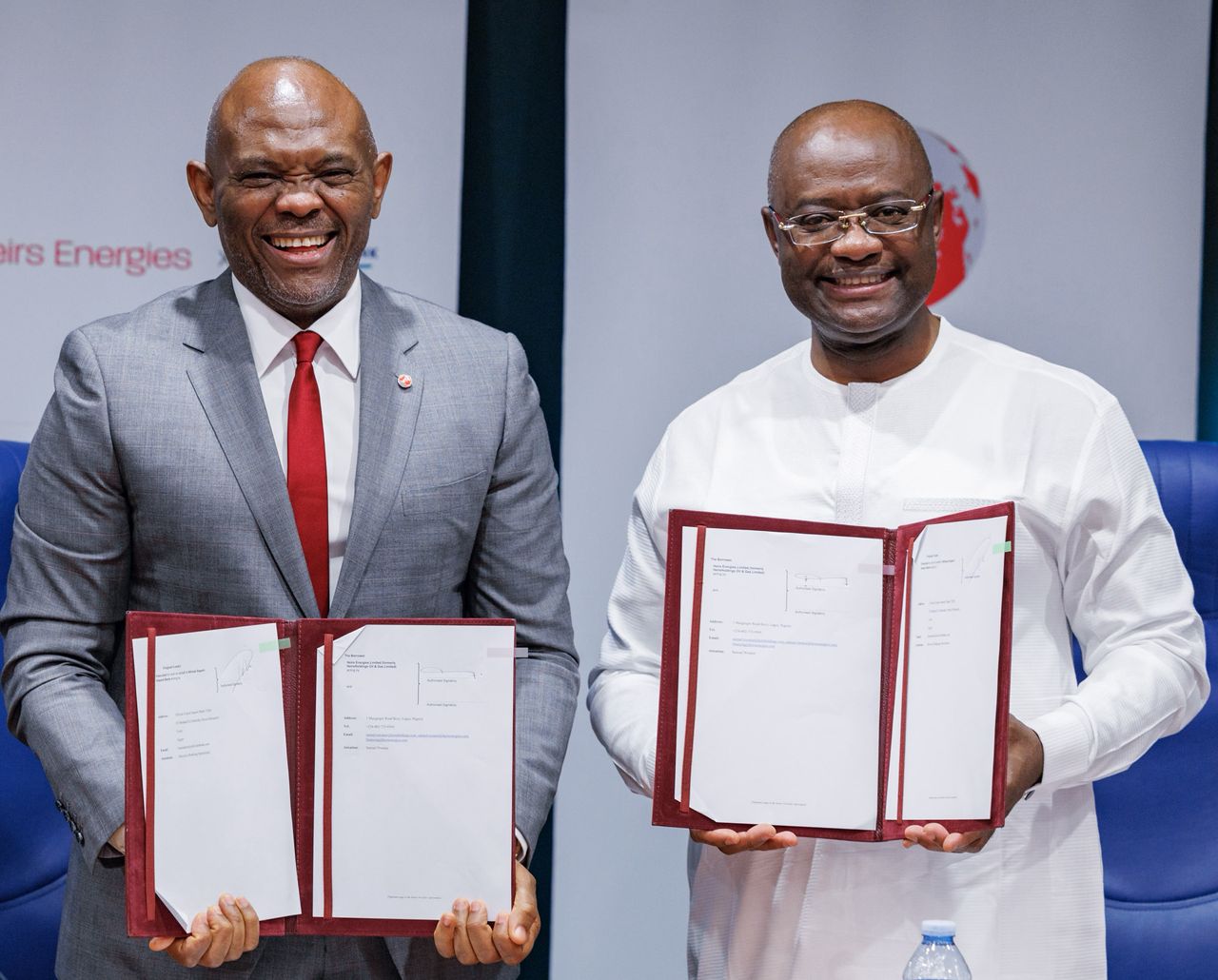Nigeria’s Inflation Eases To 18.02% As Food Prices Fall

Nigeria’s headline inflation rate eased to 18.02% in September 2025, down from 20.12% recorded in August, according to data released on Wednesday by the National Bureau of Statistics (NBS).
The figure represents a 2.1 percentage point decrease, reflecting a moderation in price pressures across key consumer goods and services.
The NBS report revealed that the major contributors to headline inflation were Food and Non-Alcoholic Beverages (7.21%), Restaurants and Accommodation Services (2.33%), and Transport (1.92%).
The least contributing sectors included Recreation, Sport, and Culture (0.06%), Alcoholic Beverages, Tobacco, and Narcotics (0.07%), and Insurance and Financial Services (0.08%).
On a month-on-month basis, the headline inflation stood at 0.72%, slightly below the 0.74% recorded in August, indicating a mild slowdown in the pace of price increases.
Food inflation also declined significantly, standing at 16.87% year-on-year in September.
Every month, food inflation fell by 1.57%, a 3.22 percentage point decrease compared to 1.65% in August.
The Bureau attributed this drop to falling prices of key food items such as maize, garri, beans, millet, potatoes, onions, eggs, tomatoes, and fresh pepper.
Core inflation, which excludes volatile agricultural produce and energy costs, stood at 19.53% year-on-year and 1.42% month-on-month, slightly below the 1.43% recorded in August.
Under the newly introduced sub-indices, inflation for Services (1.17%) and Goods (0.44%) increased marginally, while Farm Produce (-0.75%) and Energy (-0.47%) recorded declines.
At the regional level, the urban inflation rate was 17.50% year-on-year and 0.74% month-on-month, while the rural inflation rate stood at 18.26% year-on-year and 0.67% month-on-month.
Across states, Adamawa (23.69%), Katsina (23.53%), and Nasarawa (22.29%) recorded the highest year-on-year headline inflation rates, while Anambra (9.28%), Niger (11.79%), and Bauchi (12.36%) posted the lowest.
On a month-on-month basis, inflation was highest in Zamfara (9.36%), Adamawa (8.15%), and Nasarawa (7.49%), while Niger (-8.14%), Oyo (-5.56%), and Bayelsa (-4.61%) experienced declines.
Food inflation by state showed that Ekiti (28.68%), Rivers (24.18%), and Nasarawa (22.74%) recorded the highest year-on-year increases, whereas Bauchi (2.81%), Niger (8.38%), and Anambra (8.41%) had the slowest rise.
Conversely, on a month-on-month basis, Zamfara (15.62%), Ekiti (12.77%), and Sokoto (12.55%) posted the steepest increases, while Akwa Ibom (-12.97%), Borno (-12.95%), and Cross River (-10.36%) recorded declines.













